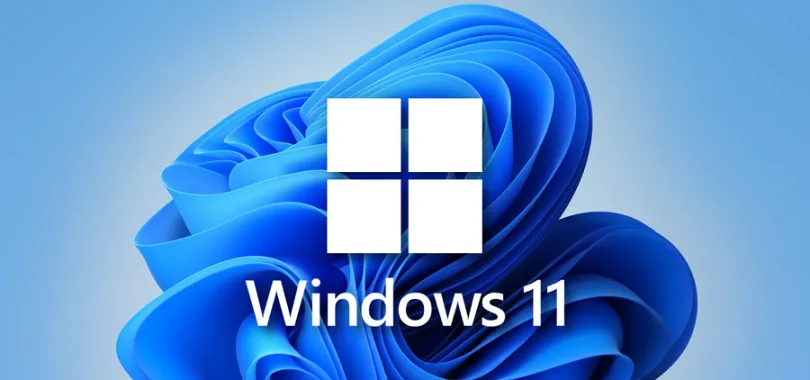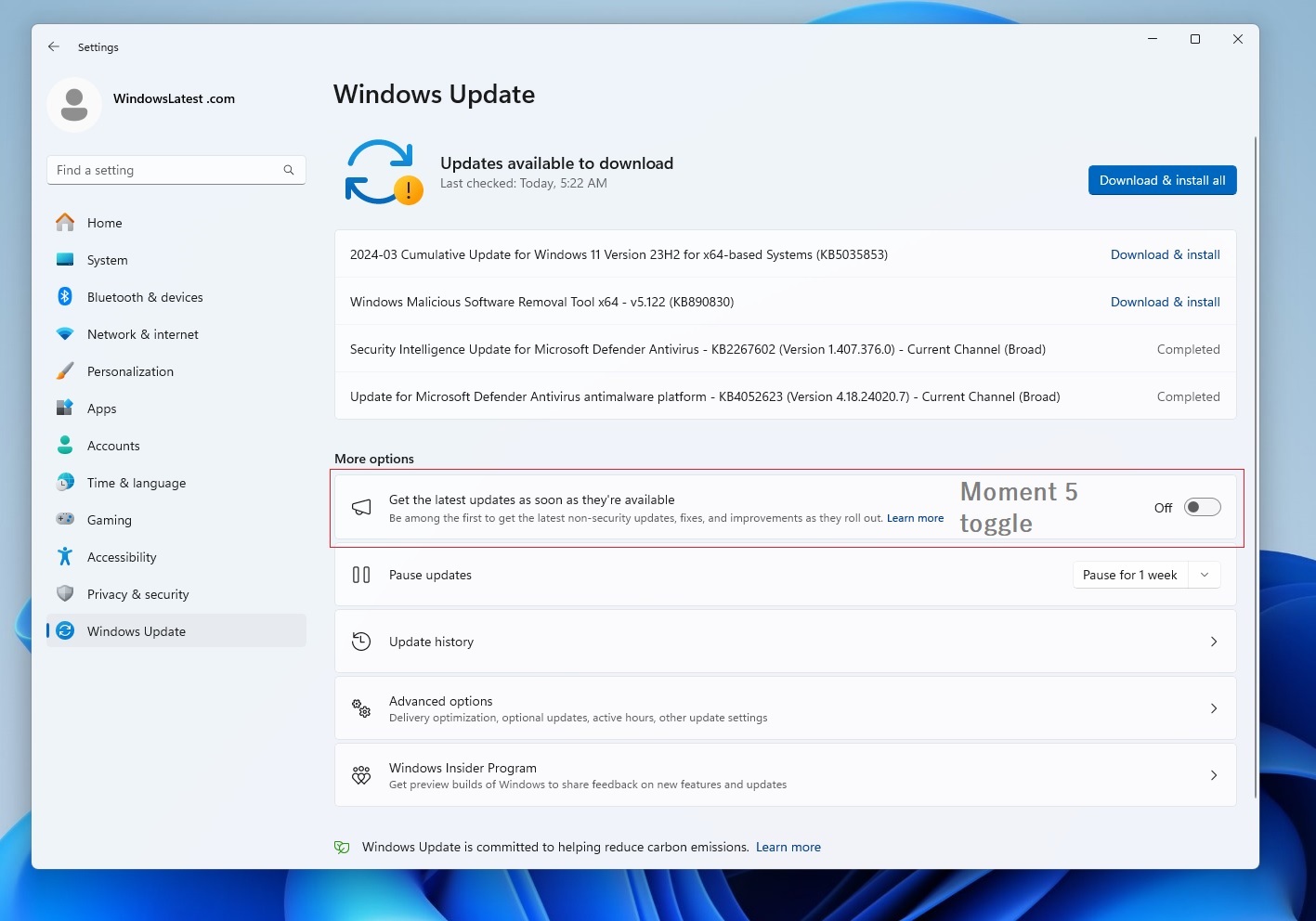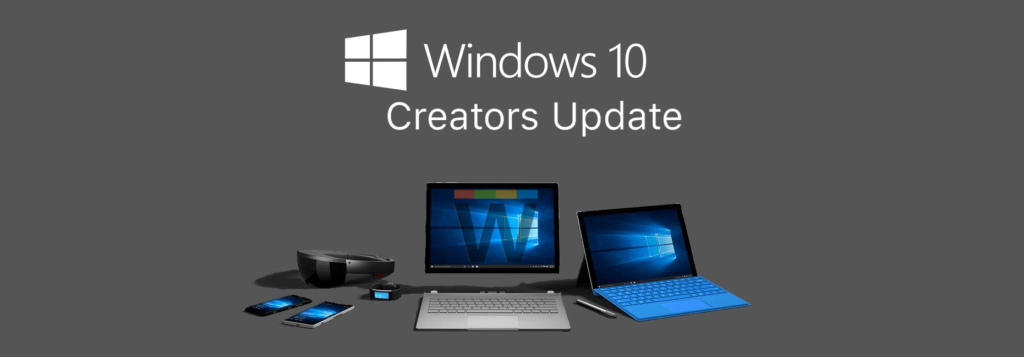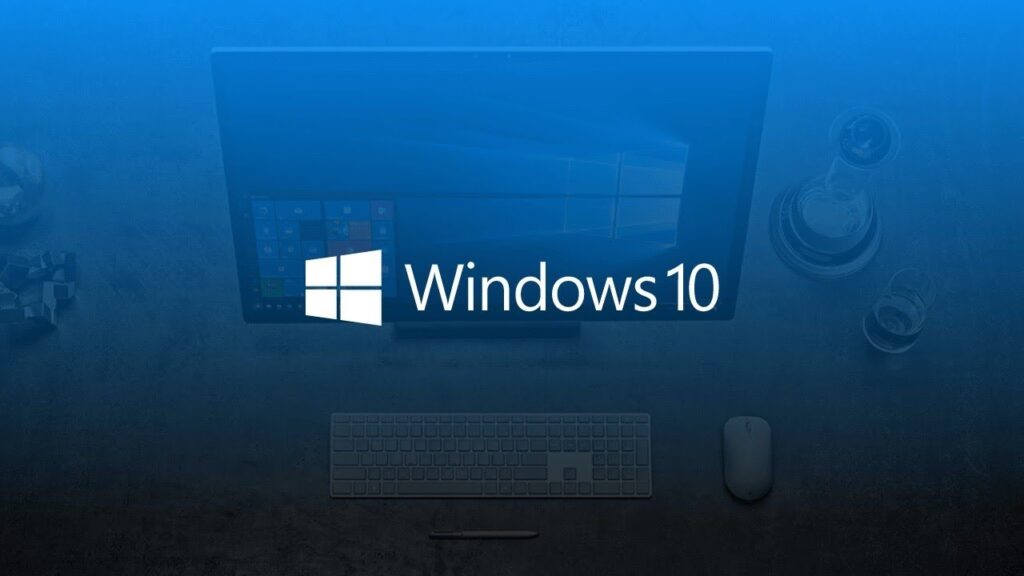Windows 11 24H2 Boosts PC Performance with Reduced CPU Usage for Windows Update

Windows 11 24H2 introduces several useful features, and one of the lesser-known yet impactful updates is the introduction of “checkpoint cumulative updates,” aimed at reducing the size of monthly update packages. However, there’s another significant change that could enhance your PC’s performance — updates no longer act as a bottleneck.
With the 24H2 version, Windows Update has undergone various optimizations to minimize package sizes and cut down installation times. Microsoft recently published a report highlighting how these changes improve update efficiency, alleviating the long waits many users previously experienced during installation.
In the official documentation, Microsoft explains how they now use reverse and forward differentials, cache parsing results, and dynamically allocate RAM to streamline the update process. Instead of downloading the entire update package each time, Windows Update now compares existing files, fixes any corrupt manifests, and downloads only the necessary components for installation. This method significantly reduces download and installation times, making your PC run more efficiently after the update.
| Category | Improvement | Details |
|---|---|---|
| Monthly Update Improvements | Faster Installation Time | Parallel processing of component manifests and optimized reading of component data. |
| Reduced Restart Time | Improvements in servicing stack reduce system downtime during updates. | |
| Lower CPU Usage | RAM now handles more tasks, and Windows also caches component metadata. | |
| Test 1 – Well-maintained Device | Installation Time | 45.6% faster |
| Restart Time | 39.7% faster | |
| CPU Usage | 15.3% less | |
| Test 2 – Outdated Device (18 months) | Installation Time | 43.6% faster |
| Restart Time | 33.5% faster | |
| CPU Usage | 25% less | |
| Feature Update Improvements | Smaller Downloads | Reduced by approx. 200 MB. |
| Conditional App Downloads | Only apps that are outdated or not installed are downloaded. | |
| Unified Update Platform (UUP) |
As highlighted by Windows Latest, a comparison between the update servicing stacks of Windows 11 versions 22H2 and 24H2 yielded surprising results. The first test, conducted on a fully updated PC running the March 2024 24H2 update, showed significant improvements.
The update process was nearly twice as fast, with a 45.6% increase in speed, and took 39.7% less time to apply after the restart. Additionally, the PC experienced a 15.3% reduction in CPU usage during the update, allowing more system resources to be available for other tasks.
In a second test, an older PC running Windows 11 version 22H2 was tested. Even on this outdated system, the update process was 43.6% faster, with a 25% reduction in CPU usage. Furthermore, the restart time was 33.5% quicker than before, showcasing the efficiency improvements of version 24H2.

Microsoft conducted these tests on Azure virtual machines equipped with 8 CPU cores, SSD storage, and 16 GB of RAM — more than enough resources for smooth operation.
Despite the ample hardware, the improvements seen in the tests suggest that users can expect noticeable performance enhancements with upcoming monthly security and feature updates. These optimizations are designed to reduce update times and system resource usage, benefiting even machines with less powerful hardware.
Smaller Feature Updates
Feature updates are set to become more compact as Microsoft now separates store app updates, such as Edge, from system updates. This change reduces the overall update footprint by focusing only on system components like File Explorer, while apps that can be updated through the Microsoft Store are handled separately.
Previously, Microsoft introduced and implemented “checkpoint cumulative updates.” We’ve covered this in detail before, explaining how Microsoft plans to release a checkpoint update followed by incremental updates. These incremental updates will only include files not present in the previous release, further streamlining the update process.


